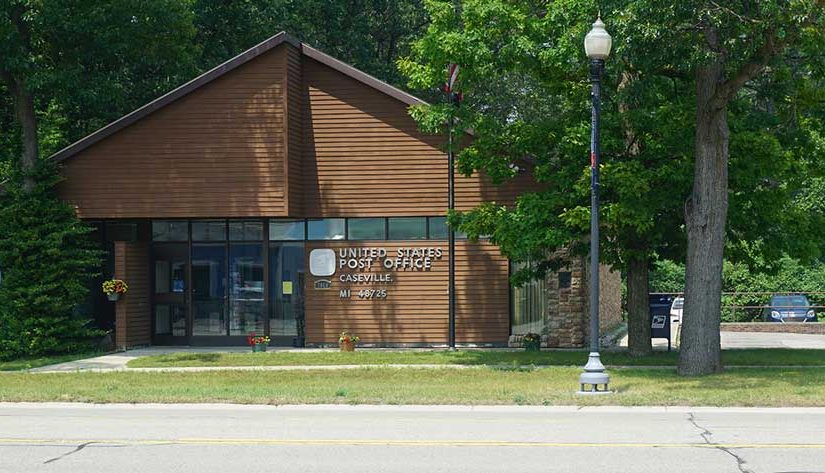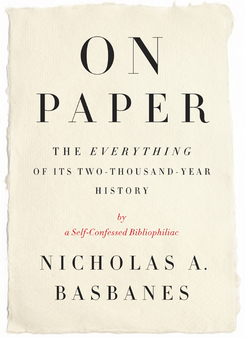In a world where mail can be sent with a click, it’s easy to forget that the story of the United States Postal Service began nearly 400 years ago — inside a Boston tavern.
Before there were mail trucks, sorting centers, or tracking dashboards, there was a tavern in Boston — and a man named Richard Fairbanks. In 1639, Fairbanks’ Tavern became the first official drop-off and collection point for mail in the American colonies. For a small fee, he would receive letters from ships and forward them to their destinations.
That simple act of connection, moving messages between people and places, laid the foundation for what would become one of the most important networks in the world: the United States Postal Service (USPS). And today, companies like LetterStream continue that legacy in a modern way, using digital tools and print and mail automation to connect businesses and customers across the country.
The Colonial Roots of America’s Postal System
By 1672, an organized mail route existed between New York City and Boston. But communication across the colonies was slow and unreliable until 1775, when the Second Continental Congress created an official postal system and appointed Benjamin Franklin as the first Postmaster General.
Franklin’s innovations — standardized routes, regular schedules, and fair pricing — made mail a national priority. When the U.S. Constitution was adopted in 1787, Article I, Section 8, Clause 7 gave Congress the authority “to establish Post Offices and post Roads.” That single clause transformed communication into an infrastructure priority for a young nation.
The early postal network became the circulatory system of America, connecting cities, frontier towns, and government offices through handwritten letters carried by horseback and stagecoach.
Nation-Building: The Postal Service Act of 1792
In 1792, Congress passed the Postal Service Act, officially creating the U.S. Post Office Department. At the time, there were only 76 Post Offices and roughly 2,400 miles of post roads. Within two decades, that number exploded — more than 50,000 miles of routes carried letters to every corner of the growing country.
The early mission was simple: make mail accessible and affordable to everyone. That promise of universal service still defines the postal system — and it’s the same principle guiding modern printing and mailing partners like LetterStream, which helps organizations reach recipients anywhere through a fully online process.
The 1800s: Innovation, Expansion, and Reform
As the United States grew, so did its appetite for communication. In 1845, Congress reduced postage rates, making mail cheaper for ordinary citizens. Within a few years, letter volume doubled.
In remote areas, “Star Routes” — private contractors hired by the Post Office Department — carried mail to towns that government routes couldn’t reach. While the system faced corruption scandals in the 1870s, it also paved the way for nationwide access and efficiency reforms.
Then in 1872, the Post Office Department became a cabinet-level agency. It wasn’t just a service — it was a pillar of American infrastructure, helping to unify a rapidly industrializing nation.
The 20th Century: Airplanes, ZIP Codes, and Modernization
The 1900s brought extraordinary change. Rural Free Delivery (RFD) gave isolated communities daily access to mail. In 1925, the Air Mail Act opened the skies to private companies, laying the groundwork for the commercial aviation industry.
World War II introduced “V-Mail” — microfilmed letters that could be transported quickly and reprinted overseas — a precursor to today’s digital document transmission. By 1963, the invention of ZIP Codes modernized delivery, speeding up sorting and routing nationwide.
Each leap reflected a pattern: when technology changed, the postal system evolved with it. The same principle drives today’s innovations in mail automation, where companies like LetterStream integrate online ordering, real-time tracking, and cloud-based production to make business mail smarter and faster.
The Postal Reorganization Act and the Birth of USPS
By the late 1960s, the old Post Office Department was under pressure. Worker strikes and budget shortfalls demanded reform. The Postal Reorganization Act of 1970 transformed the system into the United States Postal Service — an independent agency designed to run with both business discipline and public service values.
When the USPS began operations in 1971, it set a model for reliability, accountability, and nationwide coverage that continues to shape how mail moves today. Modern send mail online platforms like LetterStream extend that same reliability into the digital age, merging the convenience of automation with the trust of physical delivery.
The Mailroom Revolution: From Post Roads to Print-and-Mail Online
The postal network that began with Franklin’s routes has now evolved into digital ecosystems. In 2025, businesses send and track letters not from behind mailroom counters but from online dashboards.
Mail automation platforms can print, insert, seal, and deliver letters with a few clicks — no stamps, no queues, no manual sorting.
Through LetterStream’s print and mail service, companies can upload files, choose mail classes such as Certified Mail online or First-Class Mail, and click send, without doing anything else.
It’s the same mission that began nearly 250 years ago — connecting people reliably — now powered by digital intelligence.
Looking Ahead: Legacy Meets Innovation
The story of America’s postal system isn’t just about history; it’s about evolution. From tavern counters to mail trucks to automated dashboards, the same commitment runs through it all: ensuring information moves securely, efficiently, and accessibly.
LetterStream continues that legacy by combining the reliability of USPS infrastructure with the precision of modern technology. When you print and mail online through LetterStream, you’re not just sending a letter — you’re taking part in a centuries-old promise of connection and trust.
To learn more about LetterStream, click here.
References
- Smithsonian National Postal Museum – The Colonial Posts
https://postalmuseum.si.edu - Encyclopedia Britannica – Postal System of the United States
https://www.britannica.com/topic/postal-system/United-States - U.S. Postal Service (USPS) – Postal History and Historical Facts
https://about.usps.com/who-we-are/postal-history/welcome.htm - National Archives Foundation – The U.S. Constitution: Postal Clause (Article I, Section 8, Clause 7)
https://www.archives.gov - National Archives Blog – The Unwritten Record – The Postal Service Act of 1792 and Early American Communication
https://unwritten-record.blogs.archives.gov - U.S. Postal Service – A Short History of the United States Postal Service
https://about.usps.com/publications/pub100.pdf
LetterStream offers bulk printing and mailing services allowing companies to send physical mail online. Whether it’s online Certified Mail, First-Class Mail, FedEx 2Day, or postcards, we give both small businesses and large corporations that time and freedom back to work on tasks that better serve the company. If you’re interested in creating a free account, you can do so here.



